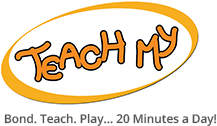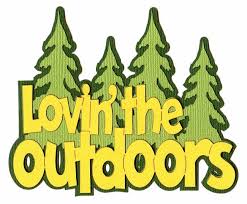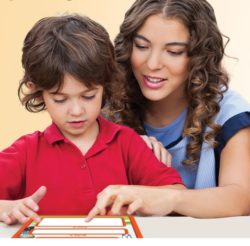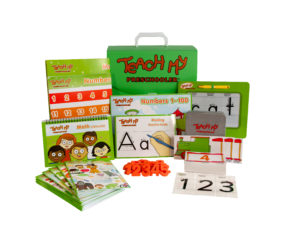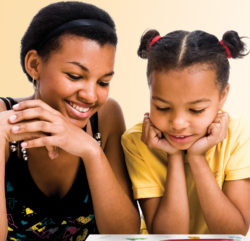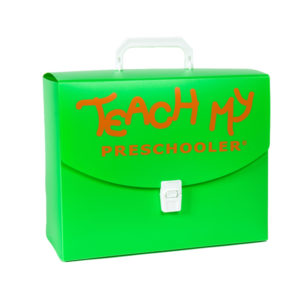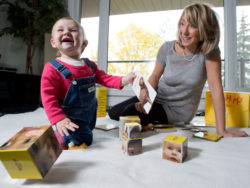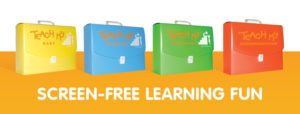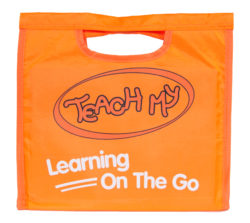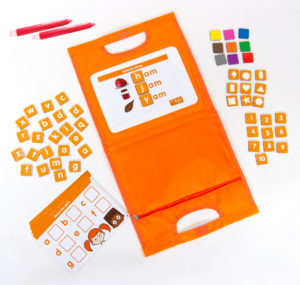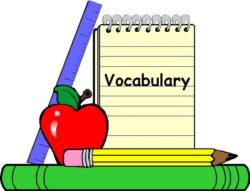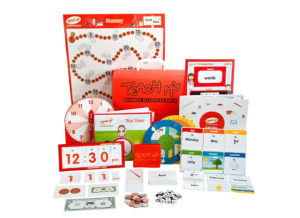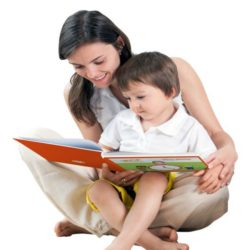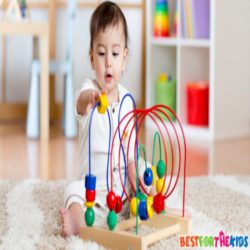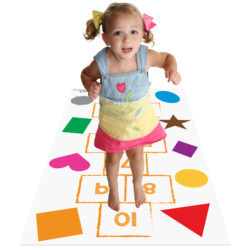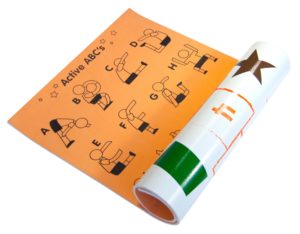Outdoor Learning Activities For Kids
With the arrival of spring and summer, outdoor learning activities for kids are a great way to teach the basics in an informal setting. From the alphabet and numbers to shapes and colors, the outdoors provides the perfect space for natural learning!
Alphabet
Our favorite outside activity to teach the alphabet comes from mom blogger, Fantastic Fun and Learning. In her Garden ABC Letter Hunt, she places foam alphabet letters (available in the Teach My Toddler Learning Kit) throughout the garden. For extra value, try to place the correct letter next to a word that matches. This works well for T for Tree, P for Plant or F for flower. However, lots of letters are tricky to match in a garden, so just placing them randomly is still valuable. Have your child find each letter and say its name. Placing the letters in order at the end to ensure none are left in the garden is a super skill to teach alphabetical order.
Numbers
Learning numbers as part of outside learning activities for kids could not be more fun with these super Outdoor Math Ideas from The Measured Mom. From counting, number recognition and patterns, this blogger has it covered. All you need is some sidewalk chalk and counting objects like pinecones, rocks or leaves. Make learning numbers and math fun for preschoolers by getting outdoors, being active and playing with purpose!
Shapes
Learning shapes on buildings and in nature can help preschoolers better understand early geometry. By allowing preschoolers to sees shapes in the neighborhood, they can relate to them firsthand. The Classroom Creative does a great job with an activity called Outdoor Shape Hunt Using Photography. Taking photos makes outdoor learning activities for kids both fun and educational. You will just need to make a shapes checklist, grab your phone and your little one will be well on their way to mastering basic shapes.
Colors
Colors are all around us, so the outdoors provides the perfect canvas to teach preschoolers colors. The blog, Carrots Are Orange has a fantastic post called We’re Going On A Color Hunt. Using flowers, fresh cut grass, the sky and leaves, you can quickly teach your preschooler colors.
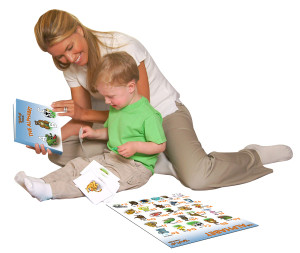
When it rains or you have had enough outdoor learning activities for kids, come inside and practice the basics with the Teach My Toddler Learning Kit.
